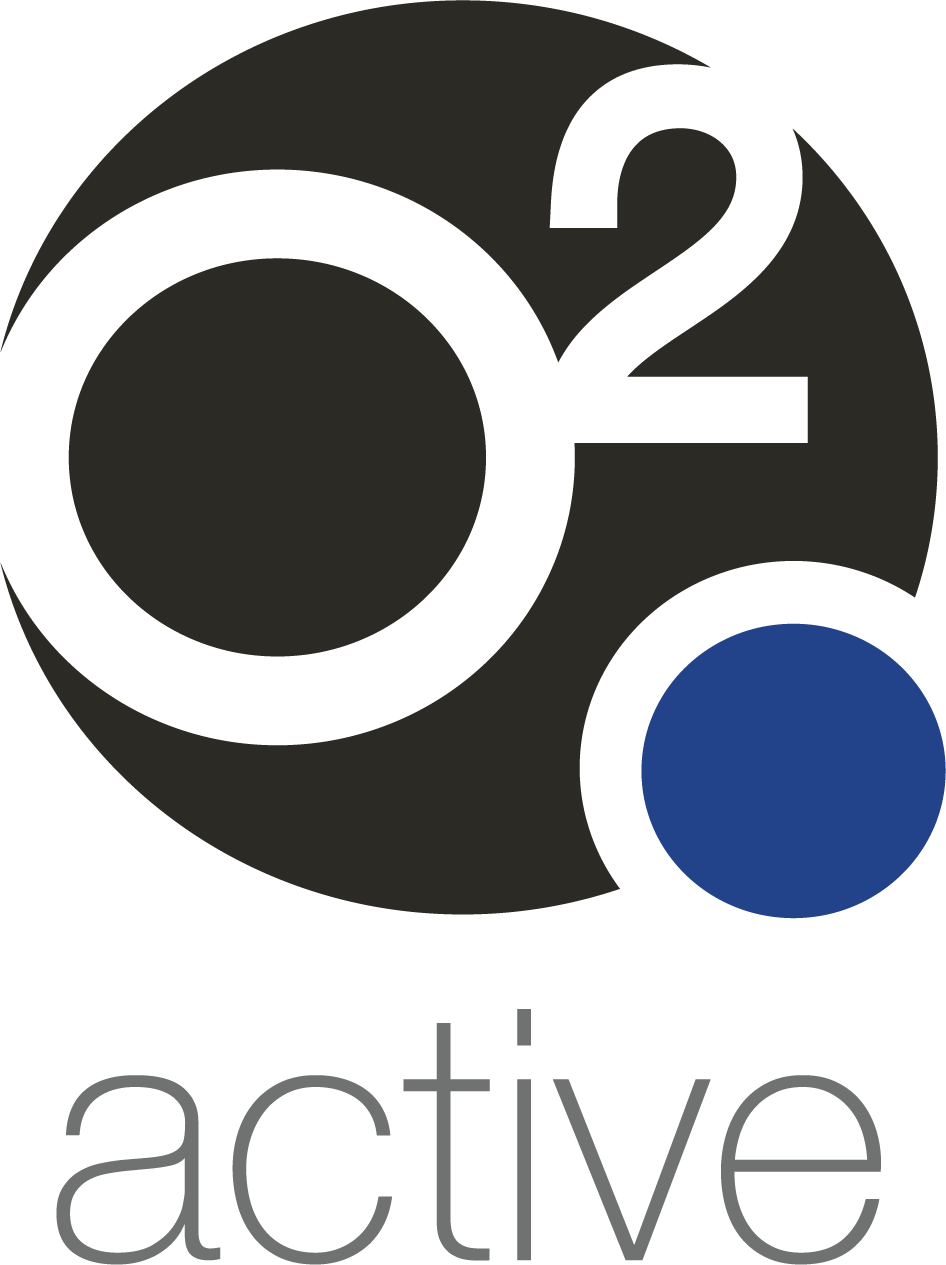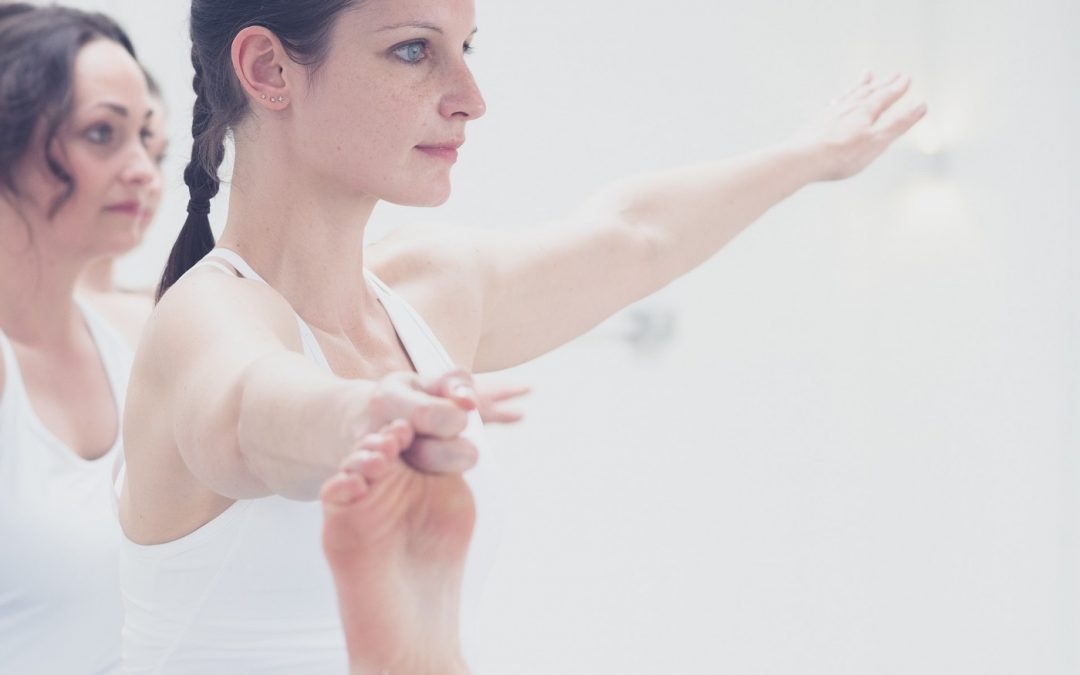Bikram yoga is a type of yoga consisting of a fixed sequence of 26 postures, practised in a room heated to 41 °C with a humidity of 40%, intended to replicate the climate of India.
Bikram yoga offers the same benefits to traditional forms of yoga for healthy adults. Studies have shown participants benefit from burning calories, increased balance, improved lower body strength and enhanced upper and lower body range of motion (flexibility).
Additional findings in studies suggest in some participants Bikram yoga may;
- Improve glucose tolerance (how well your body processes blood sugar and is used to detect Type 2 Diabetes or pre-diabetes).
- Improve bone mineral density (the strength of your bones).
- Improve blood lipid profile (screened to detect cholesterol and triglycerides).
- Decrease arterial stiffness (a contributor to coronary heart disease and stroke).
- Enhance mindfulness and perceived stress.
More studies need to be done before this evidence is conclusive.
You will burn a similar amount of energy in a 90-minute Bikram yoga class, which is the same amount of energy you would burn in a 90-minute moderate walk (3.5km/hr) (https://pubmed.ncbi.nlm.nih.gov/25141359/).
The heated room will increase your heart rate and give you a higher metabolic response than the same postures and exercise in a non-heated room. In addition, the warmth will give your muscles an enhanced stretch. It’s a popular stretch choice for weekend warrior athletes who like to test their mental strength. Bikram yoga is not for everyone but if you are looking for a mentally tough yoga class that will push you to your physical and mental limits, this may be the ideal workout for you.
What advice would you generally offer to someone working out in heat?
Your body has an inbuilt system to cope with higher and lower temperatures. In a Bikram yoga class your body sends more blood circulating through your skin due to the extreme heat. This thermogenic effect leaves less blood for your muscles to utilise so your heart rate will increase.
Sweating is another natural cooling response from the stress of heat during exercise. In a Bikram yoga class, be prepared to sweat. To balance this fluid loss, drink plenty of water on the day you are planning to attend, then rehydrate after the class. Dress in cool active wear to allow your body to lose heat.
You will also have better flexibility due to the heat, which can be a good thing however, remember not to over-stretch. If you feel nauseous, dizzy or suffer from headaches, muscle cramps, visual problems or excessive sweating during class, take a break and lie down. If you continue to feel unwell, your body is telling you to cool down. Let someone know if your body continues to feel over-heated and ask them to wait with you if possible until you are feeling better. Only return to the class if the heat induced symptoms cease.
Are there any circumstances when Bikram yoga might not be recommended?
Exercising at high temperatures, such as in a Bikram yoga class, is not suggested for pregnant women, anyone with health conditions including heart or artery conditions, anyone suffering from anorexia nervosa, with a history of dizziness, fainting or heat intolerance.
Understand the risks of exercising at extreme temperatures and as always, if you are unsure if it’s for you, check with your GP and remember there are plenty of other forms of yoga that may be more suitable for your body and mind.

